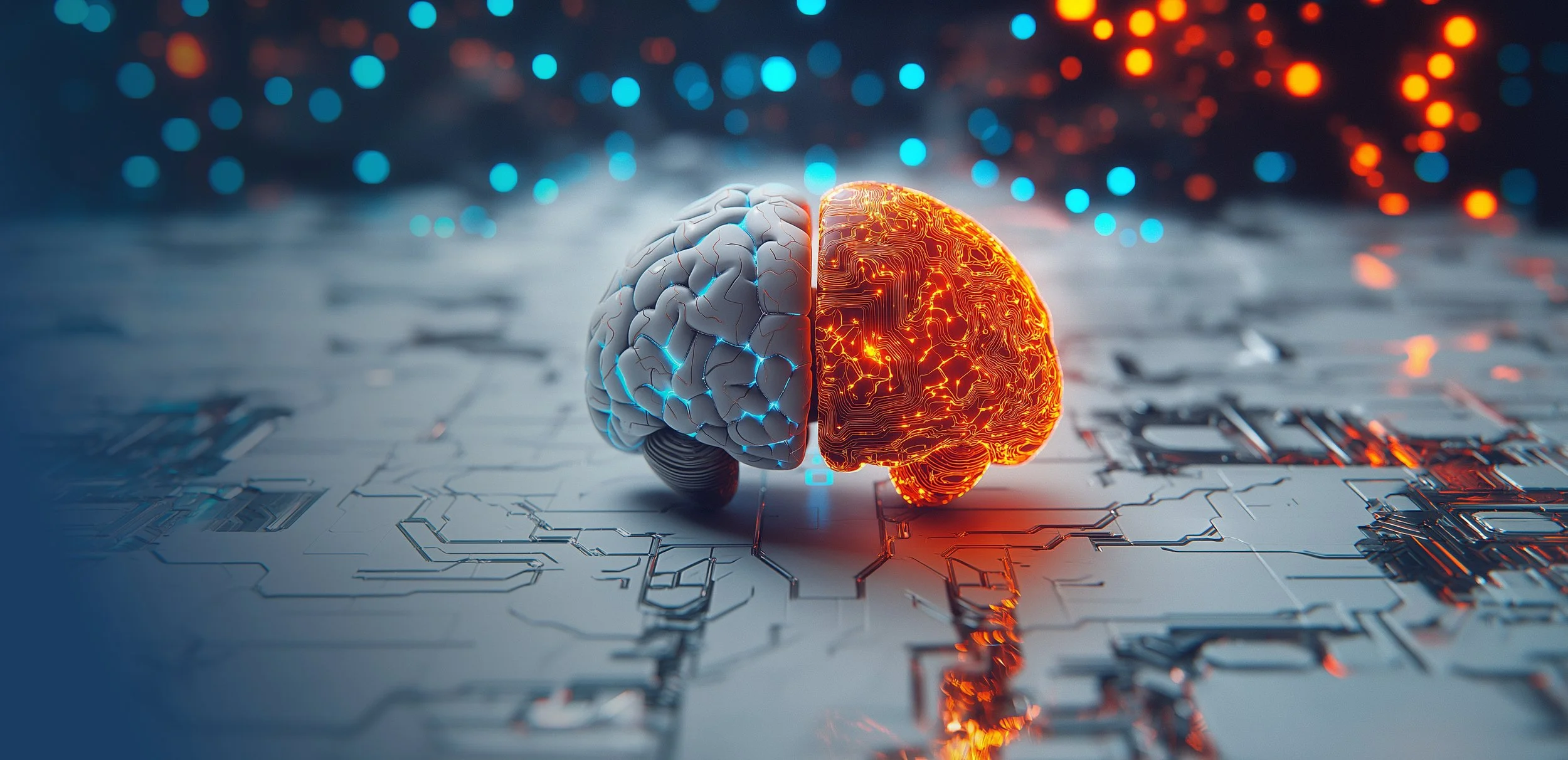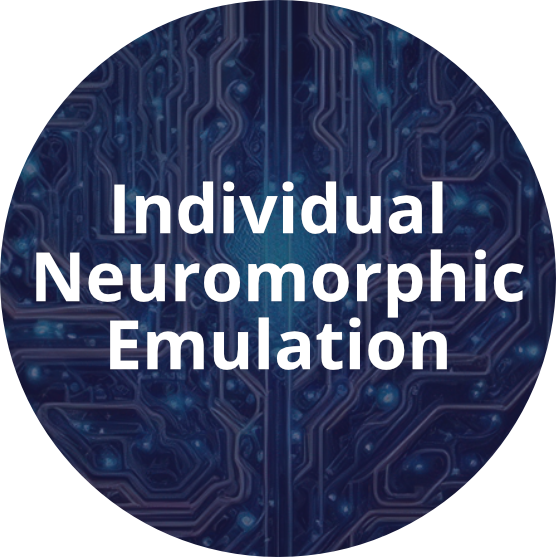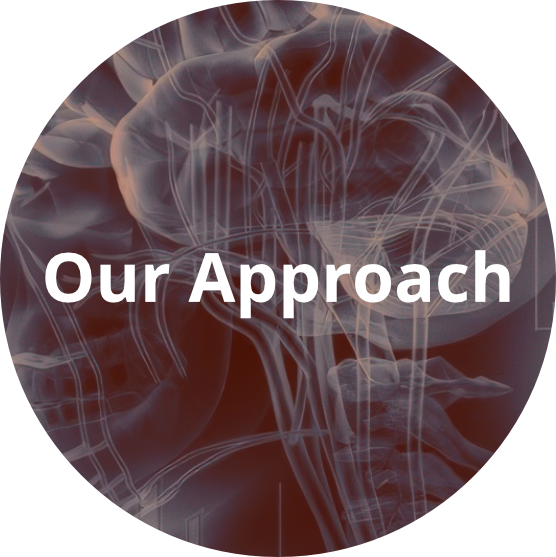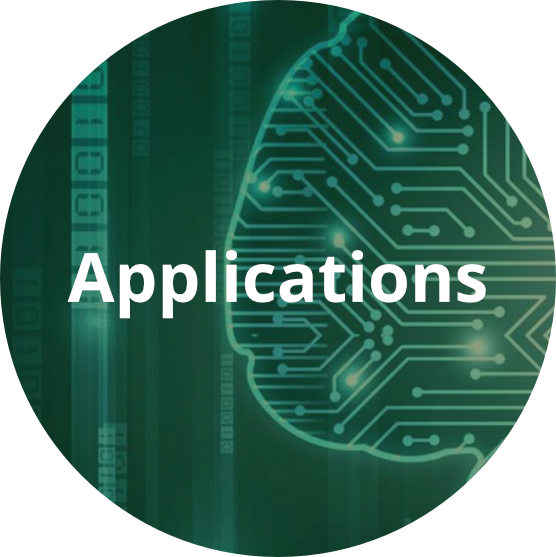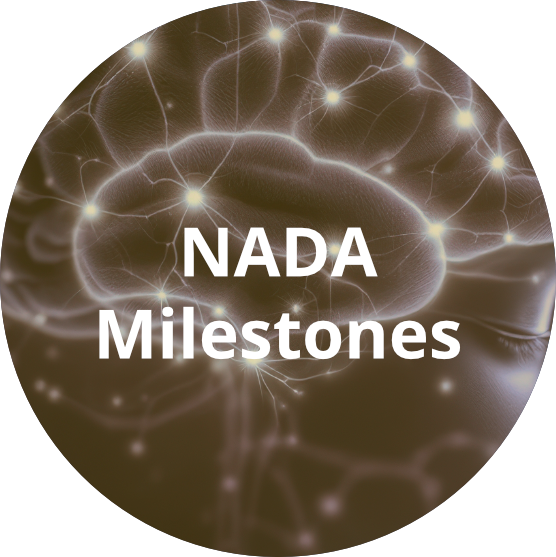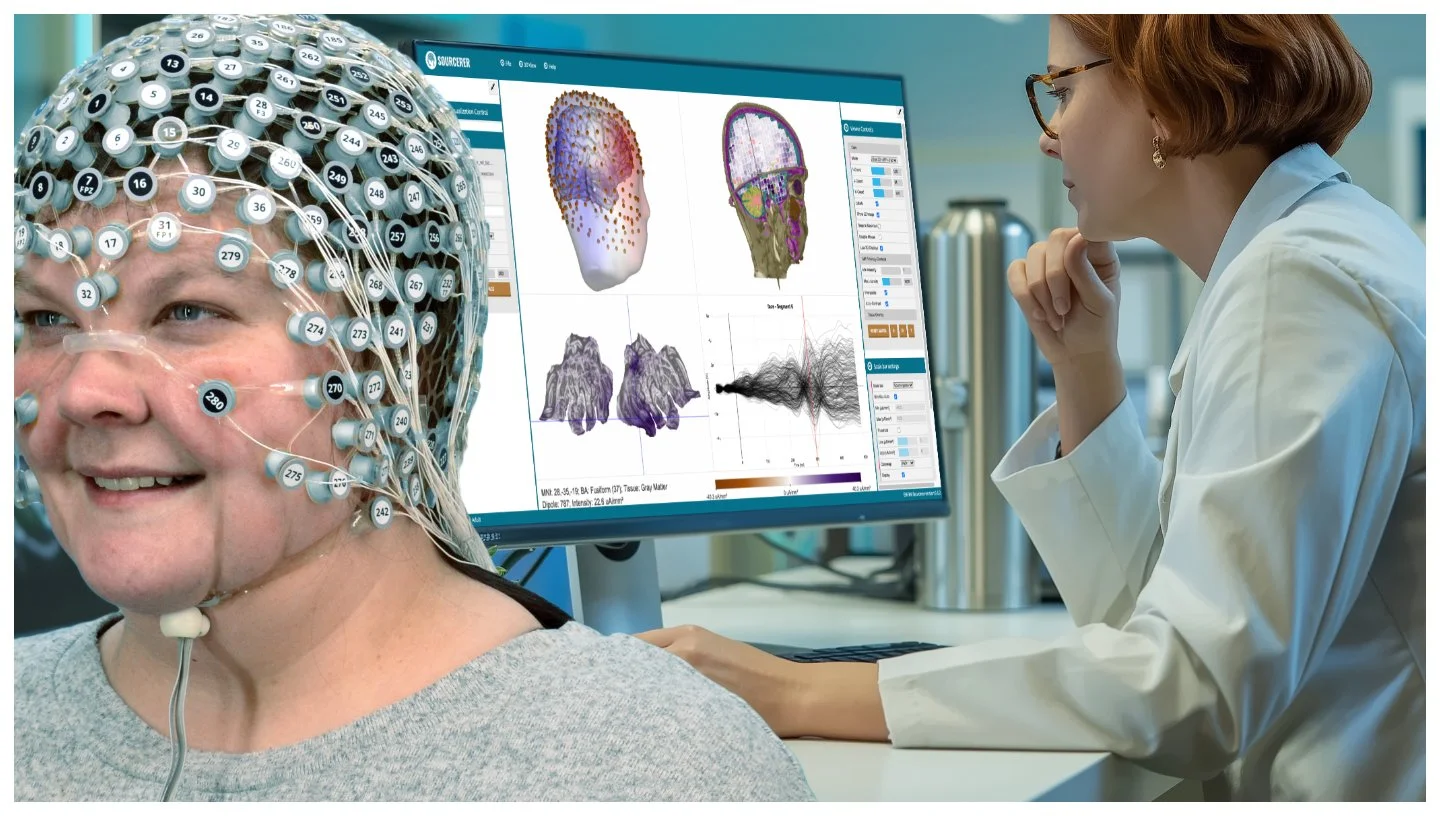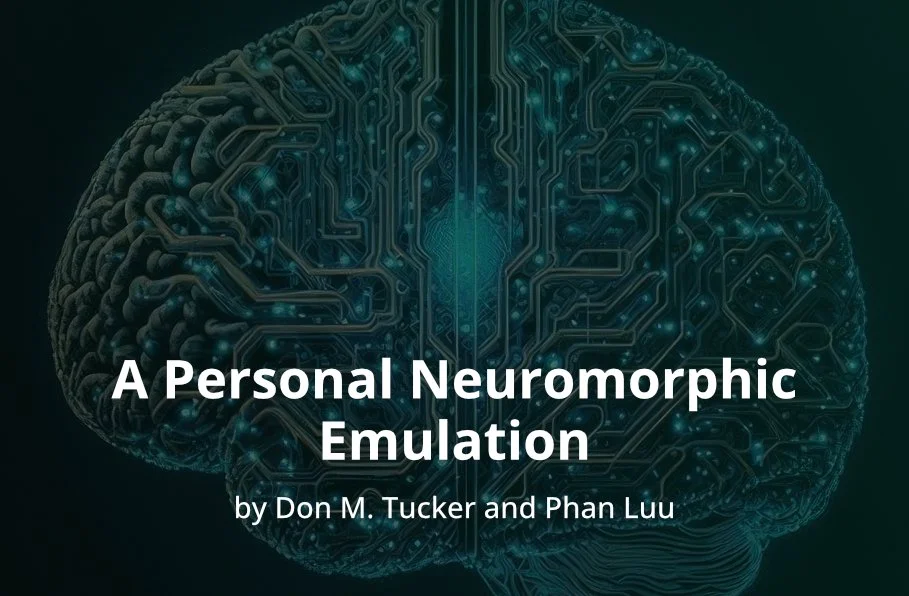NADA's mission is to build a two-way interface between the human brain and an artificial intelligence system that learns to emulate that brain's neural activity and behavior.

The Technology
In collaboration with the University of Oregon Neuroinformatics Center (NIC) and Performance Research Laboratory (PRL), NADA scientists are exploring computational architectures for optimizing the HDEEG analysis, the individual neuromorphic emulation, and the manipulation of cerebral plasticity using the BEL HDEEG System.
The BEL HDEEG system (280 channels) continuously monitors the electrical fields of an individual's brain, localized to the cortical surface with electrical source imaging technology developed by BEL.
With technology such as the BEL HDEEG Ecosystem, electrical currents can now be applied through brain monitoring hardware to establish a two-way closed-loop relationship between the brain and the computer.
Explore the revolutionary concept of Personal Neuromorphic Emulation (PNE)
The video series below takes a deep dive into the cutting-edge idea of Personal Neuromorphic Emulation (PNE), which involves creating a digital replica of the human mind. Unlike typical science fiction speculation, PNE is grounded in scientific principles, particularly the concept of distributed representation—the idea that memories and knowledge are stored across networks of connections in both the biological brain and advanced AI systems. This shared encoding mechanism opens the possibility of transferring mental processes and memories into a non-biological, silicon-based substrate.
Watch our Science Talk: A Personal Neuromorphic Emulation (PNE)
This presentation offers a comprehensive, interdisciplinary blueprint for a future where AI and biological brains merge through neuromorphic emulation—capturing individual cognition, identity, and memory across time. While significant technological, theoretical, and philosophical challenges remain, the integration of high-density EEG, computational modeling, sleep research, and active inference provides a grounded roadmap. This vision is as much about augmenting and extending selfhood with AI as it is about preservation, heralding a new era of intimate brain-machine symbiosis grounded in rigorous neuroscience and emerging AI advances.
About NADA
NADA is a US C corporation formed in 2017 to explore the opportunities for developing emulations of an individual’s brain with sufficient accuracy to transition the mind to a digital form (Metaform). The necessary technologies for initial research with a Whole Brain Computer Interface were then approached with the six milestones to warrant a Series A raise.
The Brain Electrophysiology Laboratory Company (BEL) is an LLC, also established in 2017, as the research lab for developing noninvasive brain electrical measurement and stimulation. BEL sells HD-EEG and related technologies to other research labs as well. As a small business, BEL will continue to seek federal grants, including Small Business Innovation Research (SBIR) grants, which carries the restriction that it cannot take major investment from venture or other large firms.
Neurosom is a C Corporation formed to develop brain monitoring and modulation technologies to assess and enhance sleep. An important realization early in our research was that many older people (over 50) who are interested in the transition to Metaform will not survive the onset of dementia before the transition is ready. The evidence shows that extending deep (N3) sleep enhances the glymphatic clearance of cerebral metabolic toxins (amyloid beta, tau protein, alpha-synuclein) thereby reducing the risk for dementia (neurosom.net).
Bibliography
Fernandez-Corazza, M., Feng, R., Ma, C., Hu, J., Pan, L., Luu, P., & Tucker, D. 2021. Source localization of epileptic spikes using Multiple Sparse Priors. Clinical Neurophysiology, 132(2), 586-597.
Fernandez-Corazza, M., Turovets, S., & C., M. 2019. Spatial sensitivity of the optimal dose in transcranial electrical stimulation to the skull and scalp conductivity specifications. Brain Stimulation: Basic, Translational, and Clinical Research in Neuromodulation, 12, 581.
Fernandez-Corazza, M., Turovets, S., Luu, P., Anderson, E., & Tucker, D. 2016. Transcranial Electrical Neuromodulation Based on the Reciprocity Principle. Front Psychiatry, 7, 87.
Fernandez-Corazza, M., Turovets, S., Luu, P., Price, N., Muravchik, C. H., & Tucker, D. 2018. Skull Modeling Effects in Conductivity Estimates Using Parametric Electrical Impedance Tomography. IEEE Trans Biomed Eng, 65(8), 1785-1797.
Hathaway, E., Morgan, K., Carson, M., Shusterman, R., Fernandez-Corazza, M., Luu, P., & Tucker, D. M. 2021. Transcranial Electrical Stimulation targeting limbic cortex increases the duration of human deep sleep. Sleep medicine, 81, 350-357.
Lévy, J., Zhang, M., Pinet, S., Rapin, J., Banville, H., d’Ascoli, S., & King, J.-R. 2025. Brain-to-Text Decoding: A Non-invasive Approach via Typing. Meta AI.
Li, K., Papademetris, X., & Tucker, D. M. 2016. BrainK for Structural Image Processing: Creating Electrical Models of the Human Head. Comput Intell Neurosci, 2016, 1349851.
Malmivuo, J. 2012. Comparison of the properties of EEG and MEG in detecting the electric activity of the brain. Brain topography, 25, 1-19.
Papademetris, X., Jackowski, M. P., Rajeevan, N., DiStasio, M., Okuda, H., Constable, R. T., & Staib, L. H. 2006. BioImage Suite: An integrated medical image analysis suite: An update. The insight journal, 2006, 209.
Ryynanen, O. R., Hyttinen, J. A., Laarne, P. H., & Malmivuo, J. A. 2004. Effect of electrode density and measurement noise on the spatial resolution of cortical potential distribution. IEEE Trans Biomed Eng, 51(9), 1547-1554.
Tucker, D. M., & Luu, P. 2024. Feasibility of a Personal Neuromorphic Emulation. Entropy, 26, 759.
Tucker, D. M., Luu, P., & Friston, K. J. 2025. Adaptive consolidation of active inference: excitatory and inhibitory mechanisms for organizing feedforward and feedback memory systems in sleep. Cerebral Cortex, 35(5), bhaf122.

